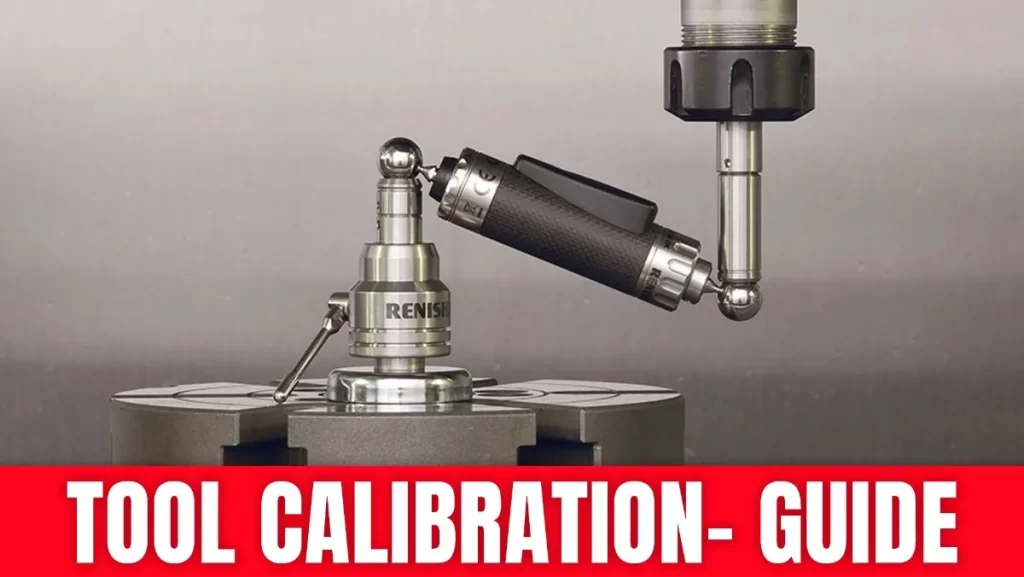
Tool Calibration Measurement System
Tool calibration is the process of setting and verifying the accuracy of machines and instruments. It ensures that tools provide reliable, precise results across different manufacturing processes. Whether it’s CNC machining or laser cutting, calibrated tools are the foundation of production accuracy.
At ProleanTech, we offer certified calibration solutions to help industries eliminate measurement errors, improve efficiency, and comply with ISO standards. Our expertise covers a wide range of equipment, including CNC machines, torque wrenches, and more.
From small shops to aerospace giants, calibrated tools are central to operations. This article explains what is tooling calibration, why it matters, how it works, and how industries can benefit from ProleanTech’s expert calibration services.
Read More: Explore CNC Machining & Its Advantages
What is Calibration in Manufacturing?
Tool calibration in manufacturing means adjusting and verifying the tools against a known standard. This process identifies any deviation and corrects them. This is applied to CNC machines, measuring devices, welding equipment, and more.
Manufacturers face high demand for accurate, quality and compliance. Proper tool calibration reduces errors, reduces downtime, and maintains production stability. More importantly, it keeps businesses in line with industry rules and ISO standards.
What is Tooling Calibration?
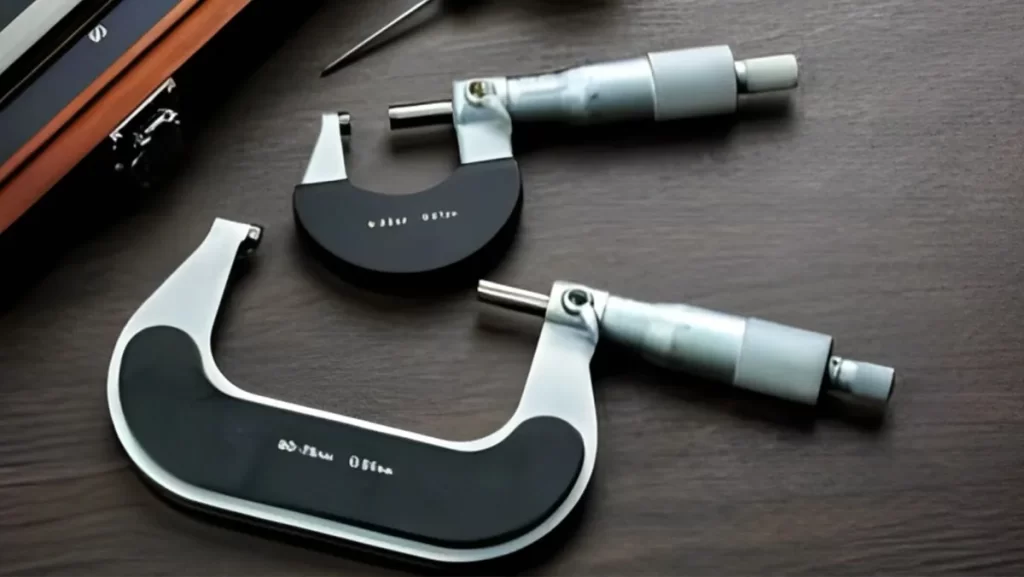
Precision Micrometers for Calibration
Tooling calibration is the structured method of adjusting and verifying tools to operate within predetermined accuracy levels. This process involves comparing the output of the equipment against a certified standard and making the necessary improvement.
It is necessary for high precision industries, such as aerospace, automotive and electronics manufacturing. Tooling calibration not only improves production efficiency, but also reduces rework and scrap.
At ProleanTech, we provide accurate and tracedable tooling calibration services to meet ISO and industry-specific standards.
Interesting Read: CNC Machining of Composites
What are Tools Calibrated?
Each tool used in production should give accurate results, and make it possible. From delicate measuring devices to heavy CNC machinery, tool calibration ensures that each unit acts expected within specified tolerance.
Here are the main tools that requires calibration:
| Tool Type | Calibration Focus |
| Measuring Tools | Calipers, micrometers, gauges need calibration to ensure measurement accuracy. |
| CNC Machines | Machine tool calibration ensures precise cutting and movement along axes. |
| Testing Machines | Force testers and hardness testers must be calibrated to deliver consistent outputs. |
| Welding Equipment | Voltage and amperage settings are verified for quality welds. |
| Laser Machines | Calibrated to maintain exact beam placement and intensity. |
A proper calibration of machine tools increases their lifespan, reduces the part waste, and increases the performance. At ProleanTech, we ensure that each tool meets the most strict standards to support smooth, error-free manufacturing operations.
What is the Function of Calibration Tool?
The function of a calibration tool is to verify and maintain the accuracy of other devices. This acts as a reference tool with known standards, allowing technicians to compare reading and detect any discrepancies.
If a tool shows measurements outside the approved range, the calibration guides the tool or flags the instrument for servicing. Regular use of calibration devices ensures frequent performance and reduces quality risk.
Read more about CNC machining of Titanium & Alloys to understand the tools, speeds, and precision involved.
What are the Types of Calibration?
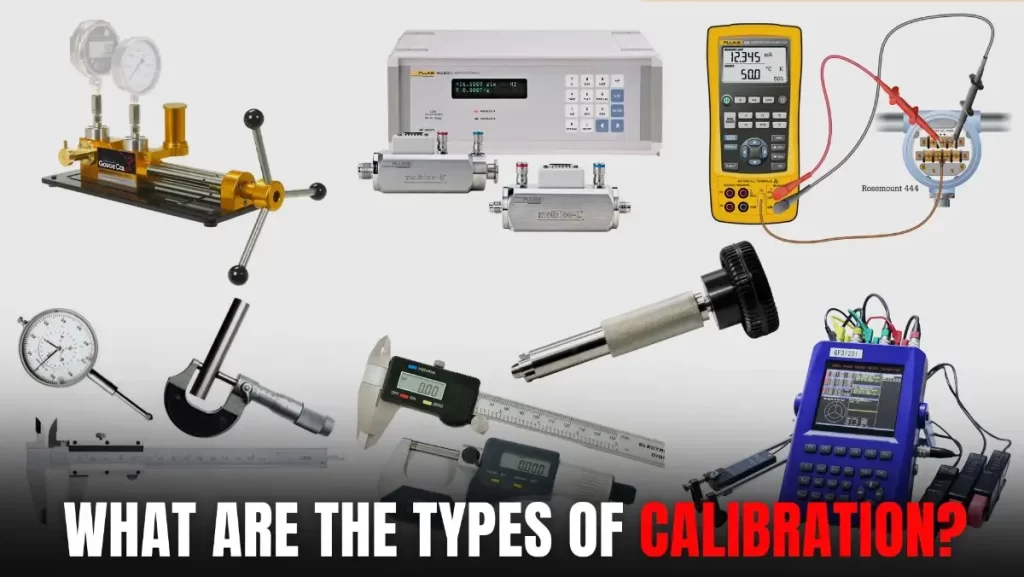
Various Tools for Calibration
Many types of calibrations are used on the basis of equipment and industry:
1. Pressure Calibration
This process checks that devices such as pressure gauge and transmitter are giving correct readings. It is super significant in chemical plants and areas such as oil and gas, where getting pressure just right can make all the difference.
2. Temperature Calibration
This includes fine-tuning instruments that tell us how hot or vold something is, such as thermometesr and thermocouples. Getting temperature measurements accurately is key for everything from making products to fresh and even scientific discoveries.
3. Electrical Calibration
With this, we ensure that tools measuring things such as voltage, current and resistance is present. This guarantees the reliability of electrical devices used in various tests and control systems.
4. Flow Calibration
This type of calibration is all about ensuring devices that measure the movement of liquids or gases, such as flow meters, are precise. This should be in industries where knowing the exact flow is important for the quality and safety of the product.
5. Mechanical Calibration
This covers the calibration of a variety of devices that measure physical characteristics, such as shape, force or twisting power. Think of instruments such as calipers, micrometers and torque wrenches.
6. Dimensional Calibration
The focus is on the complete devices used for accurate size measurement, including advanced machines such as calipers, micrometers and CMMs (coordination measuring machines).
7. Pipette Calibration
This ensures the accuracy of special calibration pipette, which are the equipment required to measure and spread small amounts of fluids in laboratories and other settings.
Each type plays a unique role in maintaining accuracy in calibration in the system.
Related: CNC Machining of Thermoplastics
Which Tools Need Calibration and Why?
The calibration is essential for devices that perform accurate measurements or cutting tasks.
Measuring instruments such as micrometers, calipers, CMMs (coordinating measuring machines), and dial indicators should be calibrated regularly to ensure accuracy, as even small deviations can lead to defective parts.
Similarly, devices such as CNC milling cutters, drills, and laths are also required to be cut, which also requires periodic calibration of their spindle speed, equipment length and positioning system.
Over time, these devices can flow with their original settings by changing vibrations, wear and temperature.
Without proper calibration, manufacturers risk non-compliance with poor product quality, safety issues and standards. This is why regular equipment calibration is important in quality-driven manufacturing environment.
Try Prolean Now!
How to Check Tool Calibration?
The tool calibration check is required to maintain the measurement reliability and meet compliance standards. This process ensures that your equipment continues to provide accurate results over time.
Even a minor change in accuracy can lead to errors in the entire production line. By inspecting devices regularly, manufacturers can reduce downtime and avoid expensive rebirth.
Here are the basic steps to check the calibration:
- Compare the equipment against a certified standard.
- Perform test measurements.
- Record the results.
- Adjust the device if the deviation exceeds the acceptable range.
- Label tools with calibration position.
For depth calibration processes, it is always better to work with certified laboratories or service providers such as ProleanTech.
Read more about how precision and automation come together in the CNC Machining Process to produce high-quality parts across various industries.
Tool Calibration Standards
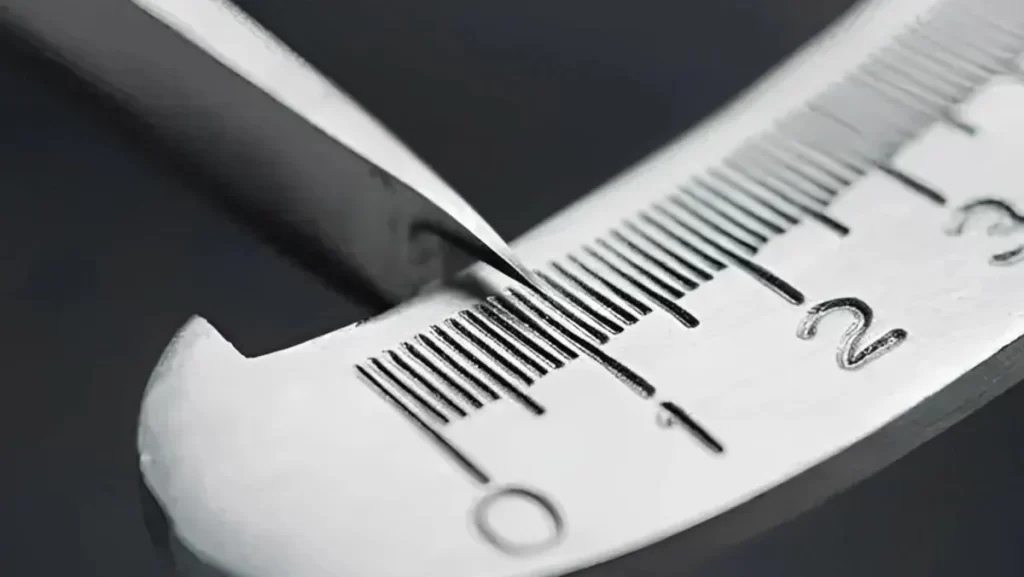
Tool Calibration Measurement Standards
The calibration standard serves as a foundation for reliable and repeated measurement systems. These standard defines that how calibration must to be done and verified, ensuring stability in various devices, industries and geographical areas.
Without strict adherence to these benchmarks, manufacturers risk delivering inaccurate or non-compliant products. Choosing the right calibration standard depends on your industry, regulatory environment and quality expectations.
At Proleantech, we align every calibration process with globally recognized standards to help customers gain maximum quality, traceability and customer confidence.
Tool calibration must align with industry-specific standards. Here are the most important:
| Standard | Description |
| ISO 9001 | General Quality Management. The calibration emphasizes control over devices. |
| AS 9100 | Aerospace-specific. Requires traceability and frequent calibration are required. |
| ISO 17025 | The calibration applies to laboratories. Testing and calibration ensures accuracy. |
| ISO 13485 | Medical equipment is used in industries. Tool calibration for safety. |
| MIL-STD-45662 | U.S. military standard for calibration systems. |
| IATF 16949 | Automotive Quality Management. The exact equipment demands calibration records. |
These standards protect your operations, reputation, and customer satisfaction. That’s why businesses choose certified providers like ProleanTech for calibrated tools and systems.
Calibration Procedures for Various Purposes
Calibration is not a size-fit-all function. Various industries and equipment require adapted procedures based on their functions and levels of tolerance.
Whether you are calibrating a high-speed CNC machine or an accurate gauge, the goal is to continuously achieve accuracy and reduce performance deviations.
The calibration methods are different, but normal stages include:
1. Reference Standard Check
Start with a reference standard that is detected for international or national benchmarks. This standard ensures that the tool is being calibrated, compared to a known and verified measurement value.
2. Performance Testing
Make several measurements using the tool and compare the results with the standard. This helps identify any changes or discrepancies in the performance of the tool.
3. Adjustment
If any deviation is found beyond the acceptable boundaries, make the necessary adjustments to align the equipment with the reference standard. This step may require to fix the internal settings of the tool.
4. Documentation
Maintain a detailed record of the calibration process including results, improvements and used equipment. This documentation ensures traceability and supports audit or quality certificates.
5. Recalibration Plan
Install a timeline for the next calibration based on equipment usage, industry standards and historical data. ProleanTech helps you set the practical recurrence cycle to suit your production environment.
Whether it’s calibration of machine-30 or torque wrenches, a systematic approach ensures consistency.
Try Prolean Now!
How Often is Tool Calibrating Required?
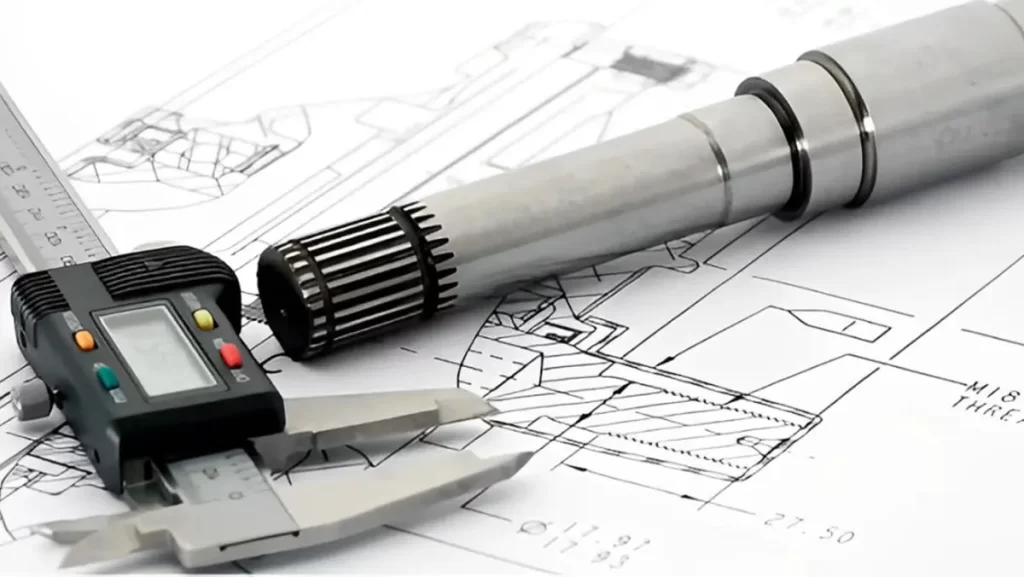
Measuring Precision Tool Calibration
Calibration frequency depends on tool usage, environmental conditions, and regulatory requirements. A common rule is:
- High-usage tools: Every 3 to 6 months
- Moderate use: Annually
- Critical applications: Before every use
Tip: Log every calibration date and tool performance. Many manufacturers automate this using calibration management systems.
Considerations and Best Practices for Tooling Calibration
Here’s what industries must consider:
- Environment: Dust, temperature, and humidity affect tool accuracy.
- Wear and Tear: Tools degrade over time.
- Traceability: Calibration records should link to national/international standards.
- Certification: Use ISO-certified calibration services.
ProleanTech ensures your tooling calibration is traceable, reliable, and fits your quality system.
Custom Machining Services and Tool Calibration at ProleanTech
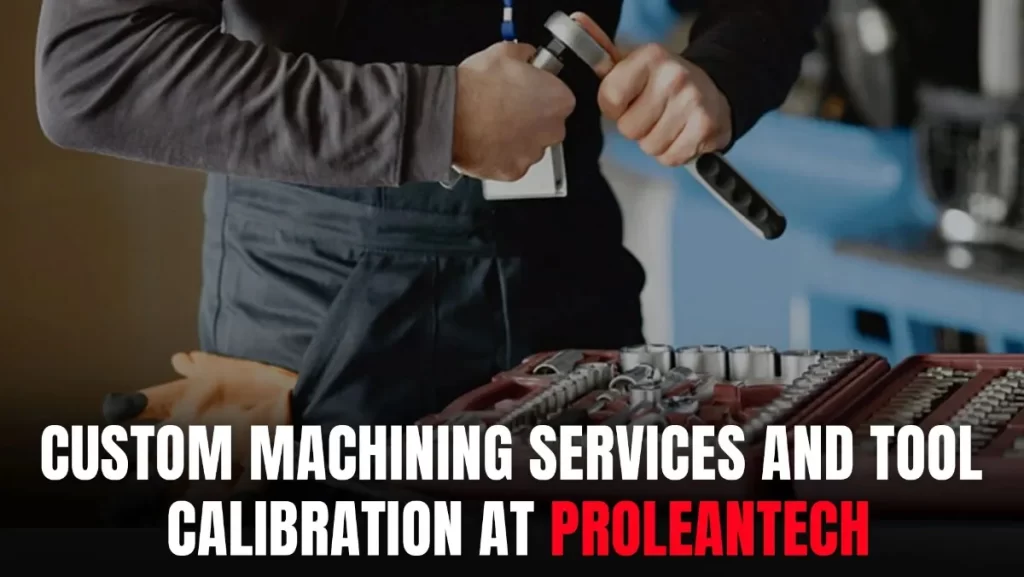
Custom Machining and Tool Calibration
At ProleanTech, we not only offer custom machining, but also provide tool calibration services for each customer’s requirements. Our specialist calibrate measuring devices, CNC machines and special equipment using traceable standards.
We help businesses:
- Reduce scrap rates
- Improve machine accuracy
- Stay to conform to ISO, AS and IATF requirements
Working with us means peace of mind and better production results.
Wrap Up
Tool calibration is not just a technical requirement – this is a strategic investment in your manufacturing reliability, quality and competition.
When the device is accurately calibrated, each component you produced fulfill their design intentions and every process runs more efficiently. From ISO compliance to defect reduction, the benefits are long-term and measurable.
Contact us today for CNC Machining Services and precision calibration—let us handle accuracy, so you can focus on performance and innovation.
FAQs
Q1. What is Machine Tool Calibration?
Machine tool calibration involves checking and adjustment of CNC machines for precise operations. This includes axis movement, status and accuracy.
Q2. What is an Example of Calibration?
If a micrometer should be measured 25mm, but shows 25.2mm, it should be calibrated. This deviation can lead to mismatches in CNC machining. After calibration, the micrometer should return accurate reading within an acceptable tolerance range.
Q3. Why are Tools Calibrated?
To ensure quality, to reduce errors and meet industry standards. Without calibration, measurement equipment can give incorrect results.
Q4. What is a Calibration Procedure?
It is a documented process that explains how the tool is tested, adjusted, and verified using traceable standards.
Q5. What is Accuracy in Calibration?
Accuracy in calibration means that the device gives a reading closer to the correct value. This is important for reliable measurements.
Q6. Why is Calibration Used?
The calibration is used to ensure that the equipment are functioning correctly and the measurements are accurate. This process supports stability and product quality.

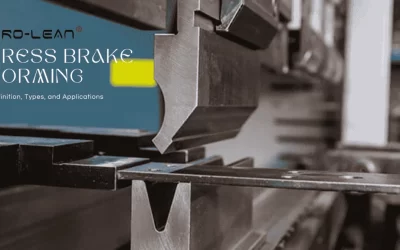
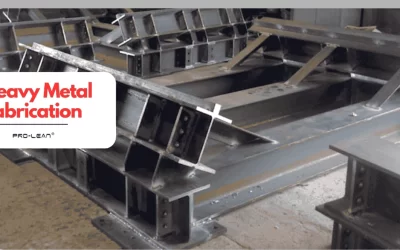
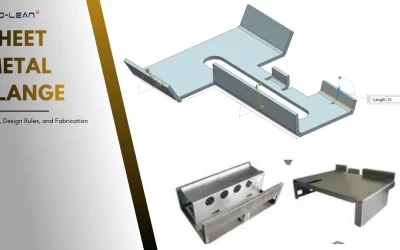
0 Comments